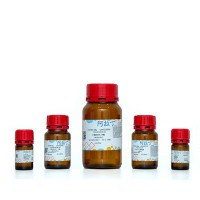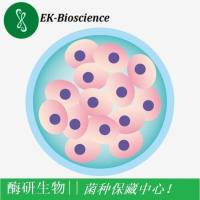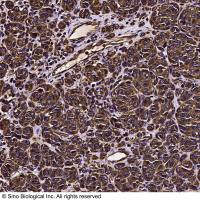High-affinity equilibrium binding constants for antibody-antigen interactions are inherently difficult to measure. Depending on the method used, difficulties arise from either the loss in signal-to-noise at the low concentrations that are necessary for measuring tight binding affinities, or from very slow off-rate kinetics. Methods for the quantification of antibody-binding interactions may be arbitrarily divided into two categories, homogeneous and heterogeneous. Homogeneous methods are those in which all of the binding reagents are evenly dispersed in solution. These methods require that some quantifiable property of the antibody or the antigen be changed as a result of the interaction. Examples include absorbance, fluorescence, fluorescence polarization, and sedimentation coefficient. In general, homogeneous methods cannot be readily applied to the majority of antibody-antigen interactions. In those few instances in which such methods do apply, they rarely exhibit great enough sensitivity to study the high-affinity interactions that are common for antibody-antigen interactions, in which the value of the equilibrium dissociation constant, K d , is often orders of magnitude less than micromolar. In contrast, a number of heterogeneous methods that do exhibit high sensitivity have been described for the quantification of high-affinity antibody-binding interactions (refs. 1 –4 ; see Chapter 23 ). A heterogeneous method is defined here as one in which one or more of the binding reagents is immobilized on a surface. Investigators have expressed concerns about the problems of limiting mass transport to the immobile binding phase (5 ), immobilization in multiple conformations (6 ), and steric hindrance on the surface (7 ).






